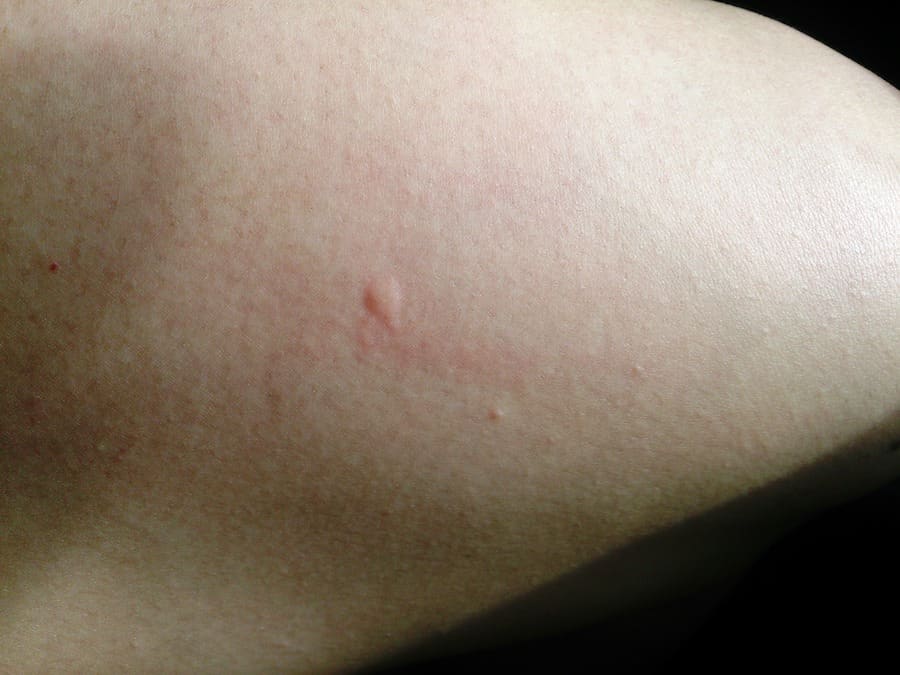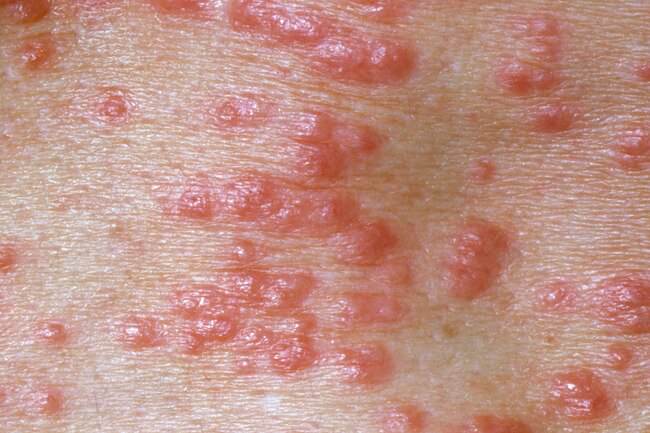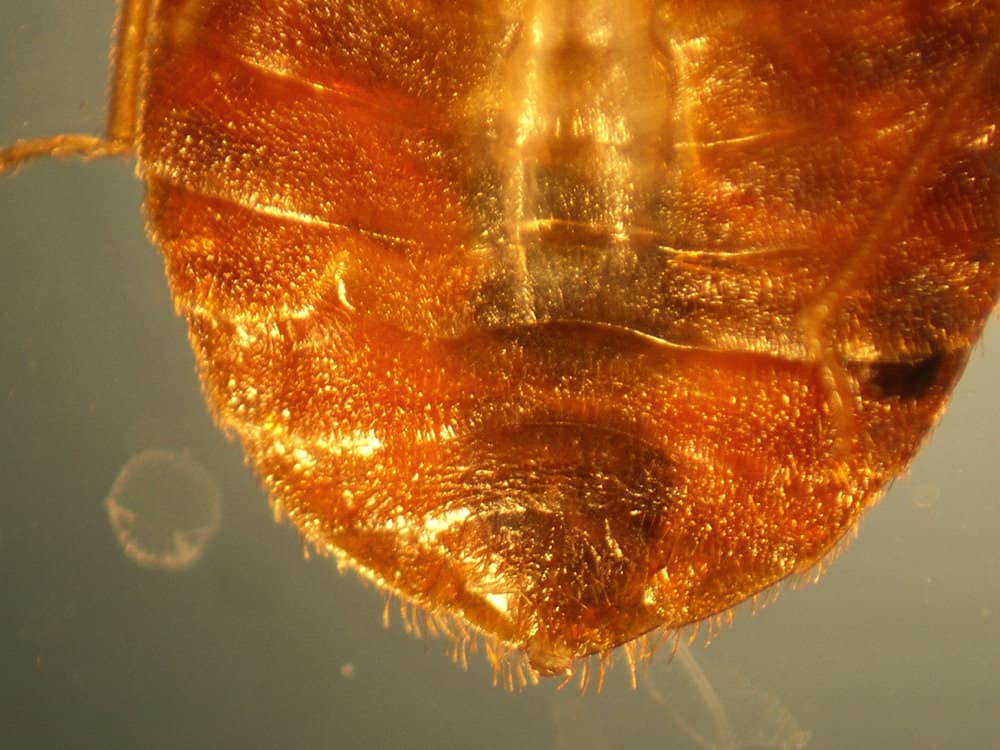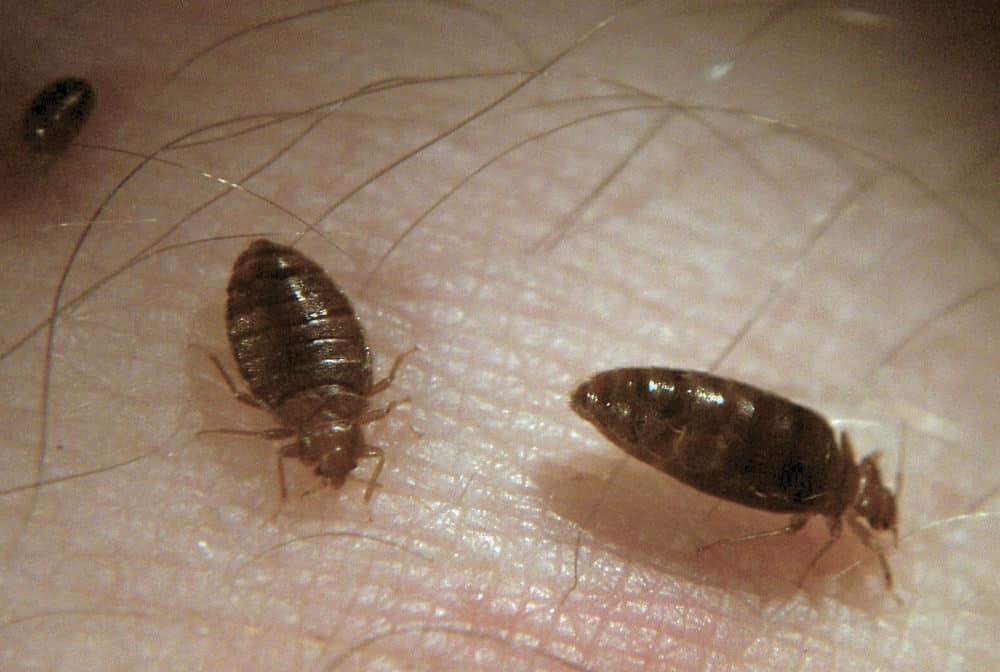How to Check for Bed Bugs
If you suspect that there might be bed bugs in your home, you owe it to yourself to inspect your place to look for signs of bed bug activity. Bed bugs can be difficult to get rid of, and it only gets worse if you let the problem linger.
But bed bugs aren’t easy to find. Plenty of people can live with them for weeks or months without realizing it. That’s why it’s important to know the signs of an infestation.
You’ll need to know what to look for, where you should check for bed bugs, and how to inspect thoroughly so you’re sure not to miss any pests that may be hiding in your home.
Common Areas to Check for Bed Bugs
As the name implies, bed bugs will most likely be hiding somewhere in or on the bed, or at the very least in the bedroom.
At Home
Bed bugs feed on human blood, so they need you nearby and immobile so they can have their fill. They’re also nocturnal, which means they’re active and feeding at night. All of that makes you laying prone and sound asleep in your bed the perfect food source for them. So, if you have bed bugs in your home, they are almost certainly concentrated in the bedroom.
Although your bed probably houses some bed bugs if you have a bed bug problem, that doesn’t mean the other parts of your bedroom are safe. Bed bugs could be lurking on the walls (behind the wallpaper or on the edges where the wall meets the ceiling), behind the baseboards, in the dresser or closer, tucked away in clothes left piled on the floor, or even behind your electrical outlet covers and lighting fixtures.
While Traveling
Bed bugs can be an issue outside the home, too. When you’re staying in a hotel, a motel, or an Airbnb, it doesn’t hurt to do a quick check for bed bugs, especially on the mattress and box spring.
There’s a common misconception that bed bugs are only found in dirty or squalid conditions, but that’s not the case. There is a kernel of truth here: hotels or motels where the staff doesn’t routinely clean the rooms or change the bedding are less likely to notice a bed bug problem if one starts. But that doesn’t mean you’re in the clear just because you’ve found accommodations that look spotless. Bed bugs can infest the cleanest rooms.
One of the ways bed bugs get around is by hitching a ride in people’s purses, bags, and suitcases. If you’re staying in rented accommodations, chances are you’re leaving some luggage laying around, maybe even on the bed. It’s worth inspecting all of it so you don’t inadvertently bring bed bugs home with you once your vacation is over.
Other Areas to Check
Don’t let the name mislead you. Bed bugs don’t just live in bedrooms.
Bedrooms may be where these insects normally feed, but they can go without nourishment for months. Because of that, they can take up residence away from your sleeping quarters and only feed on you occasionally.
Some of those places include:
- Clothing and Bags: Bed bugs like to cling to people’s clothes and hide in their bags
- Coat Closet and Laundry Room: Basically, anywhere you might put your clothes, coats, or bags – since bed bugs often cling to these, they might hide and reproduce in these spots
- Carpeting, Area Rugs, and Entry Mat: Because of their minuscule size, it can be very difficult to spot bed bugs when they’re hiding or crawling around in rugs and carpeting
- Sofas and Chairs: Bed bugs sometimes cling to people or feed on them wherever they happen to lounge and relax
- Bookshelves: Bed bugs sometimes hide behind or even inside books
- Car Seats: If you picked up bed bugs in your home or somewhere else, some of them might have been left behind while you were driving your car
- Second-hand Purchases: Not an area of your home per se, but people often bring bed bugs into their homes by purchasing used items that have been infested, typically furniture and clothing – be sure to check them even if they’re in a part of the home that normally doesn’t have bed bugs (like the bathroom or the basement)
When Is the Best Time to Search for Bed Bugs?
Really, the best time to search for bed bugs is now. Bed bugs reproduce very quickly, with each adult female laying one to a few eggs every single day. It doesn’t take much time, then, for a small bed bug problem to turn into a big infestation.
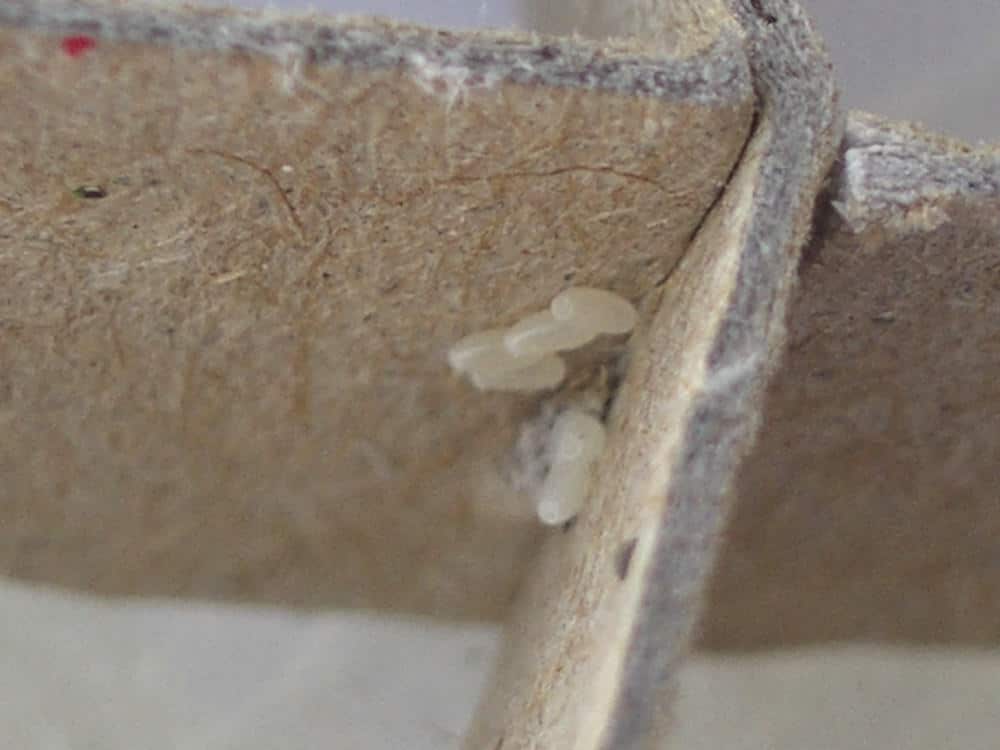
So, no matter how busy you are, don’t put off the search. If you suspect there might be bed bugs in your home, make some time today to give it a thorough inspection.
But when should you conduct that inspection? Well, bed bugs are most active at night. So, if you wait until the day is over, they’re likely to emerge from their hiding spots, making them easier to find.
Remember, however, that bed bugs are also very small and difficult to see, so finding them without the benefit of bright lighting is almost impossible. If you do look after dark, make sure to use a flashlight (the one on your smartphone is strong enough to do the job).
Common Signs to Look Out For
In almost every single case, the first sign of a bed bug infestation isn’t spotting the bed bugs themselves. Bed bugs are tiny and hard to spot, and they tend to spend the day somewhere out of sight.
Here, then, are the common signs that indicate you may have a bed bug problem in your home.
Bed Bug Bites
Most people first suspect they have bed bugs because they have unexplained bug bites on their skin.
The way a bed bug bite looks and feels depends on each person’s individual sensitivity. For some people, the bites will barely be noticeable. In rare cases, it will result in a severe allergic reaction. But more commonly, bed bug bites are like mosquito bites: red, inflamed, and often itchy.
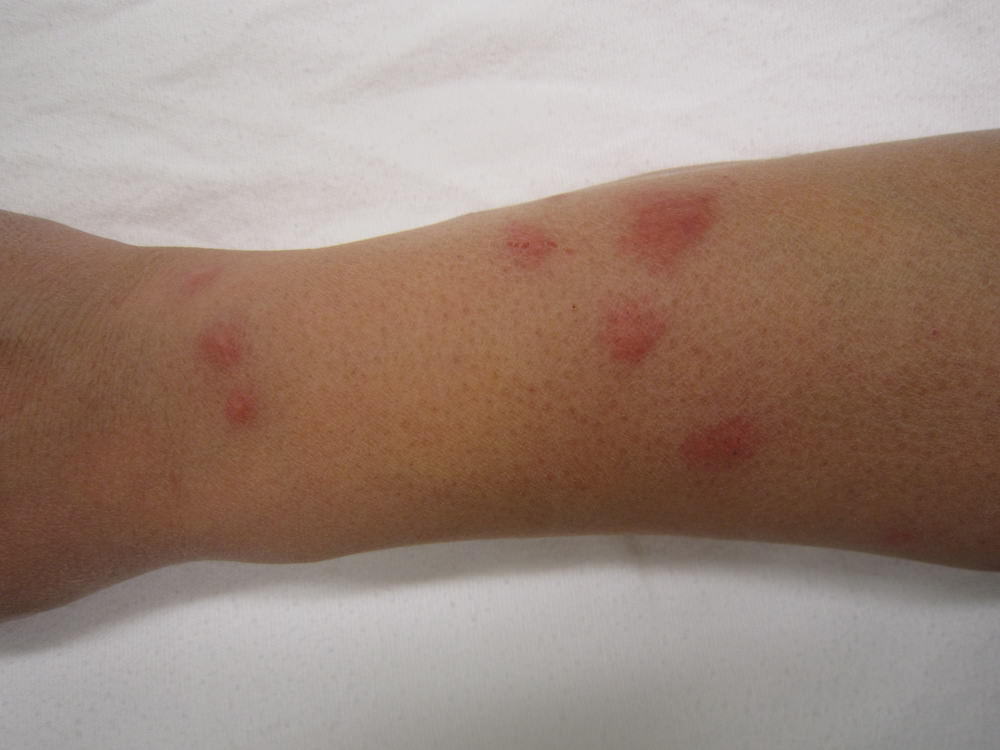
What makes the bed bug bites distinctive are their pattern and location.
Mosquito bites won’t be arranged in any particular pattern – the bites will be located wherever a hungry mosquito happened to land on you. Bed bugs, on the other hand, leave bites that are arranged roughly in a straight line or sometimes a zig-zag pattern.
If you have flea bites, they’ll probably be around your ankles, calves, or feet. Bed bugs, however, tend to feed on the upper half of your body, especially your arms and face (though they might also bite the hands, chest, back, or neck).
Spider bites also look like bed bug bites, but unless you’re especially unlucky, you probably won’t have a whole lot of them at once. If you have multiple bites, it’s probably not due to a spider. And if they’re arranged in a straight line and focused on your upper body, there’s a good chance they’re caused by bed bugs.
Stains on the Bed, Upholstery, or Clothes
Another very common sign of bed bugs is the presence of reddish-brown or rust-colored stains.
You’ll typically find them on the underside of your pillow, under your mattress, and on your box spring. Those stains might also show up on some of your upholstered furniture or even some of your clothes.
Basically, these are bloodstains. They happen when the bed bugs get crushed (under your weight when you’re sleeping, sitting on a chair or sofa, or just moving around in your clothes) and the blood they fed on creates a small splatter.
Bed Bug Droppings
In addition to reddish stains, you might also find small black spots in some places. These are bed bug droppings, and they can also stain fabric.
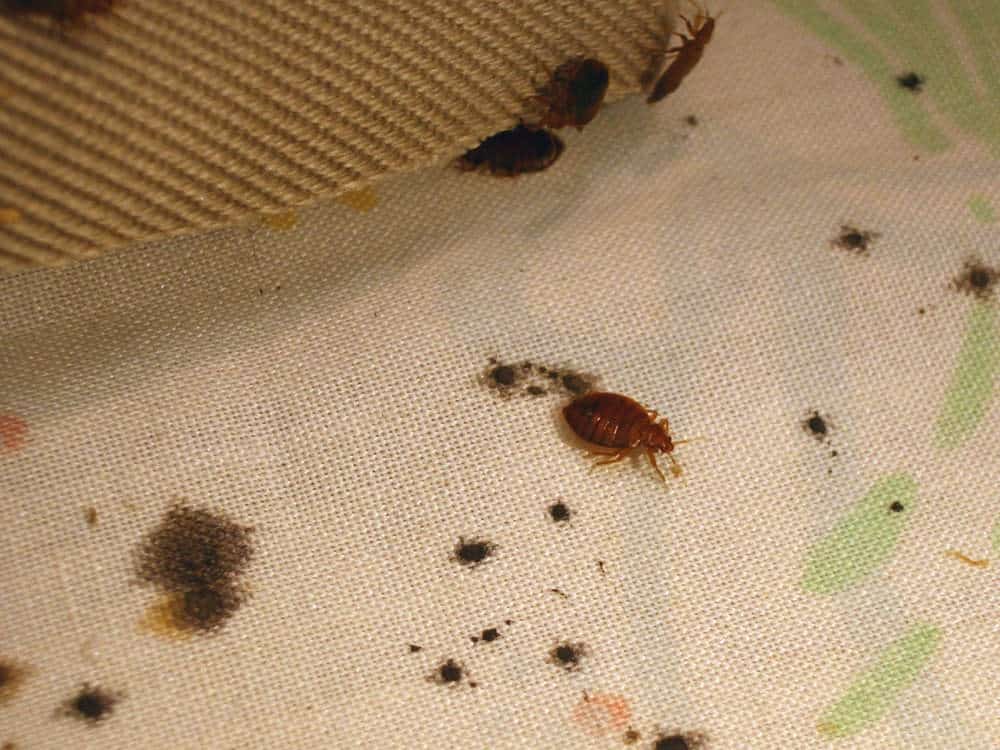
These will show up wherever bed bugs are active. That means mattresses and sofas, but also other furniture, drawers, and behind wallpaper (you won’t have to go tearing strips off your wallpaper to check – the stain from the droppings will seep through to the exposed side).
Bed Bug Eggs and Egg Casings
As mentioned above, female bed bugs lay one to two eggs per day. So, if you have a bed bug infestation, you’ll have plenty of eggs and egg casings around.
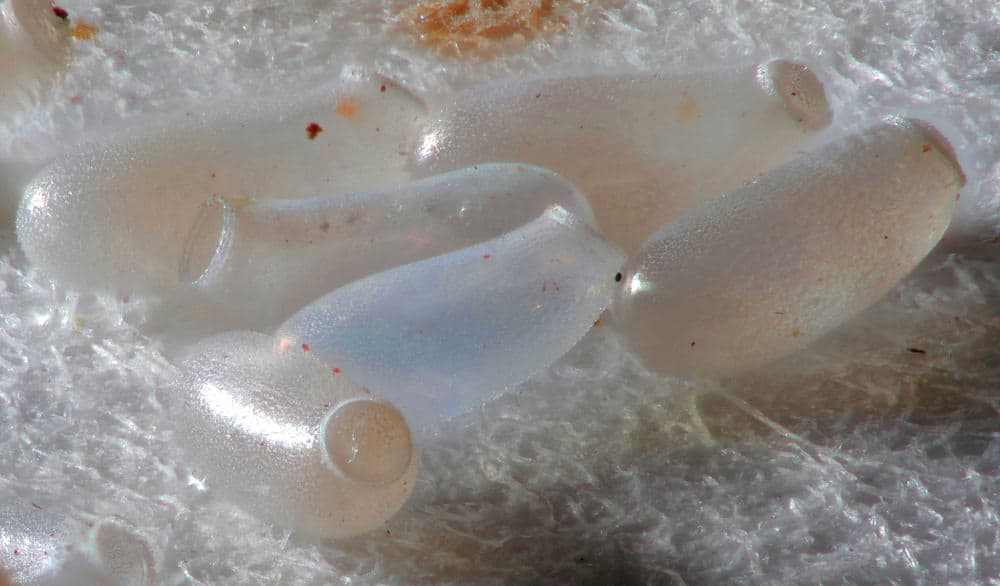
Bed bug eggs can be hard to notice because of their size. Bed bugs are about the same size as the head of a pin. When you first see them, it will probably look like someone sprinkled salt on your furniture. But when you look more closely, you’ll notice that the white grains are really eggs or egg casings.
Shed Bed Bug Skin
Bed bugs molt as they grow, so if there is bed bug activity somewhere in your home, there will be bed bug skin.
Bed bugs will shed their skin a total of five times before reaching their fully grown adult size. Each time, they leave behind a remarkably well-preserved casing of skin. The bed bug skin looks just like an actual bed bug other than the fact that it is lighter in color, a bit transparent, and, naturally, completely immobile.
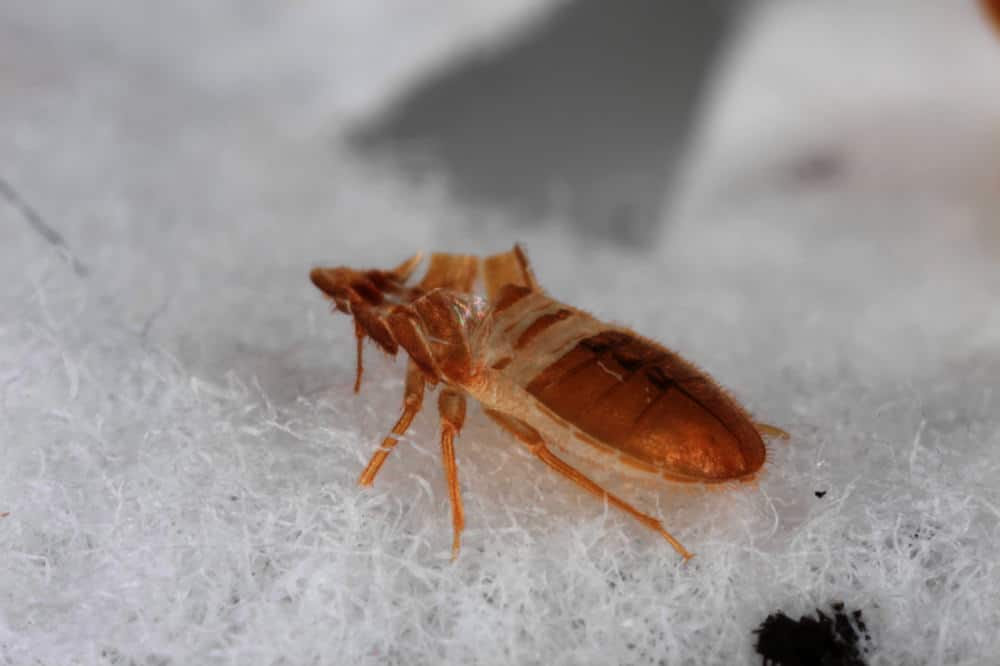
That brings up the obvious question, then, of what bed bugs themselves look like.
The Bed Bugs Themselves
While it’s not usually the first thing people notice when they have bed bugs, you might still come across an actual live bed bug, especially if you’re carefully inspecting key areas after noticing some of the other tell-tale signs of bed bug activity.
The first thing to know about spotting bed bugs is that they’re quite small. Adult bed bugs are about the size of an apple seed, and the nymphs that haven’t fully matured yet are smaller still.
They have a somewhat flat, oval-shaped body with six legs and two antennae. They have no wings and crawl about instead of flying.

Bed bugs all have a brownish coloring, but its shade varies depending on how recently it fed. When a bed bug is still engorged with blood, it will have a darker, redder coloring. When it hasn’t fed in a while and has less blood in its system, it will be a lighter shade.
Bed Bugs in a Neighbor or Friend’s Home
This one isn’t a sign of bed bugs per se, but it still increases the likelihood of you having bed bugs.
If you share a wall with your neighbor (in an apartment complex, duplex, or townhome), then their bed bug problem could very well be your bed bug problem.
Bed bugs can’t burrow through walls, but they do tend to find their way from one home to the next. If there’s a shared wall, they can climb into the sockets or lighting fixtures and crawl across the electrical wiring between the walls to reach the neighboring unit.
In apartment buildings, they can make it from one unit to the next by simply crawling out the door and across a carpeted hallway or the edge where the wall meets the floor.
You should also be on the lookout for bed bugs if you’ve had a recent visitor who has since discovered a bed bug infestation in their home, or if you have recently visited someone who has since made that discovery. Bed bugs often travel on people – on their clothes, on their shoes, in their bags – so it’s quite possible for someone to inadvertently carry one or a few bed bugs from their home to another.
If your friend or guest’s bed bug infestation was discovered only a couple of weeks after they stayed with you or you visited them, it doesn’t mean you’re in the clear. It can take a long time to discover bed bug activity, so these pests could have been active long before anyone ever noticed them.
Tools Required
Now that you know what to look for, you can start inspecting for bed bugs. But first, you’ll need the right tools to do so.
Luckily, none of the items you’ll need are expensive, so you should be able to uncover your bed bug problem (or ideally, confirm that you don’t have one) without making any serious investments.
Flashlight
Good lighting is your most important asset when looking for bed bugs. They’re hard to spot and are mostly active at night when it’s dark. You might find yourself looking in some tricky spots, like behind slightly loose baseboards and in the cracks, joints, and seams of furniture. In many cases, you’ll have to shine a light to see much of anything.
The flashlight you use doesn’t have to be high-powered but it does need to shine brightly. If you have a smartphone, its built-in flashlight function will do just fine.
Scraping Tool
You’ll need something flat, thin, and wide you can use to scrape. Many people use an old credit card or something similar.
Bed bugs and their eggs are often tucked away in the seams of mattresses and box springs, or in the folds created by the upholstery on sofas or chairs. You might not be able to get a good look in these spaces, but if you run your scraping tool in them, you can push out whatever is hiding in them. With any luck, it will just be dirt and debris, but it might also be bed bugs, bed bug eggs, and bed bug skin.
Magnifying Glass
This one is optional, but it does come in quite handy. Given the small size of bed bugs and the even smaller size of their eggs, it’s a good idea to be able to give yourself a closer look using a magnifying glass instead of squinting at the affected area and hoping you spot something.
Screwdriver Set
You might need to remove or adjust a few things to get to the spots where bed bugs are hiding. In many cases, this will require basic tools, especially a screwdriver set. If you inspect thoroughly, you’ll need to remove outlet covers and loosen lighting fixtures. To get a look at the cracks in the bed frame or other pieces of furniture where the bed bugs might be hiding, you might need to loosen the screws a bit so you can get a good look.
Bed Bug Traps
Bed bug traps are also known as interceptors. They’re typically made of white plastic and they’re shaped a bit like saucers with two raised edges all around. The two raised edges create a sort of moat that bed bugs can climb into but can’t crawl out of.
The interceptors are normally placed under the legs of a bed, though they can also be used with other types of furniture.
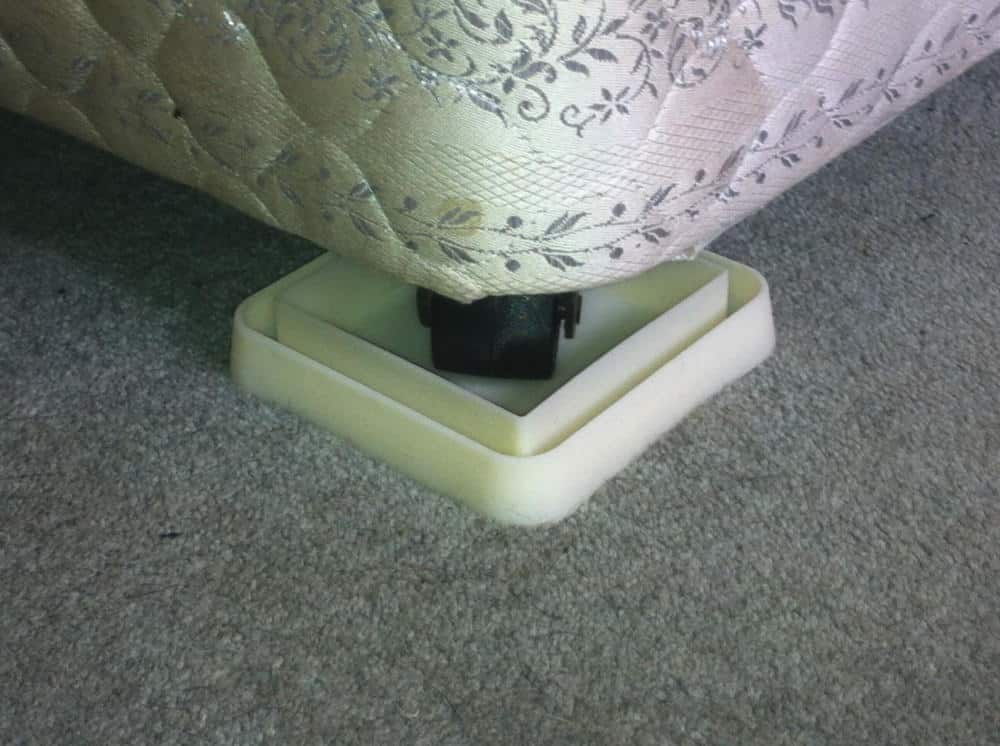
Although they are traps, the point of them isn’t to get rid of the bed bugs (they’ll never come close to trapping all of them). Instead, they’re meant to help you detect the presence of bed bugs.
How to Check for Bed Bugs
With tools in hand, you’re now ready to do a thorough inspection and find any bed bugs that may have invaded your home.
It’s important to take more than just a cursory glance at all the spots where bed bugs could be hiding. Here, we’ll cover how to get a good look at all of the places you need to check.
Around the Bed
This should be the first place you look for bed bugs, but they could be hiding just about anywhere in or around your bed.
Start by stripping the bed. Remove all blankets sheets, and pillowcases, but be sure to handle them carefully. Bed bugs or bed bug eggs folded up into these could get carried somewhere else in your house, causing a new infestation to take hold. Put anything you take off the bed into a plastic bag. If you want to make certain that no bed bugs are hiding in them, you can run everything through the washer and dryer (highest heat setting for both).
Once you’ve stripped the bed, look under the pillows and on the surface of the mattress. Then, lift the mattress up and inspect the bottom of the mattress and the top of the box spring.
You’ll note that your mattress and box spring will have plenty of seams, stitching, and grooves. That’s where your scraping tool comes in – run it along any of those to release any pests that are tucked away out of sight.
After looking at the mattress and box spring, it’s a good idea to check the bed frame. Look behind the headboard, underneath the frame, and anywhere that pieces of the frame meet to create a corner or crevice.

When you’re done, you can place interceptors underneath the four corners of the bed. If there are any bed bugs still lurking, some will show up in your traps sooner or later.
Around the Walls
Bed bugs tend to cluster in grooves and corners. So, when inspecting the walls of your bedroom, pay special attention to the corners of the room where the walls meet, as well as all along where the walls meet the floor and ceiling. Don’t skip any parts that are covered by furniture – move the furniture out of the way to inspect the entire length of the wall.
If you have wallpaper, bed bugs might be living behind it. Inspect the wallpaper for any kind of stain, either rust-colored or brown.
If you have baseboards that aren’t completely sealed by paint or caulking, shine a flashlight in the crack between the baseboard and the wall. If you can do it with causing much damage that you can’t fix up, you can pry the baseboard slightly loose to get a better look and then replace it if you don’t find any bed bugs hiding behind it.
Remove the outlet covers and look behind them. If you have any lighting fixtures attached to the wall, unscrew them or loosen them and look inside or behind them as well.
Around the Carpets and Curtains
If the room you’re inspecting has carpeting or an area rug, you’ll have to get down on your hands and knees to inspect it.
Start by scraping across an area of the carpet with your scraping tool. Then, use the magnifying glass and flashlight to check if any bed bugs or bed bugs have been dislodged by your scraping.
As for the curtains, spread them out while you’re inspecting them to make sure no bed bugs are hiding in the folds. If you can’t spread it out flat, just make sure you’re checking every fold for bugs.
Pay close attention to the bottom and the top of your curtains. At the bottom, inspect the hem carefully, especially where the stitching creates a seam. At the top, look at the rings that hold the curtain to the curtain rod. This is a common spot for bed bugs in hiding on curtains.
Around Furniture
Bed bugs might hide in nightstands, dressers, desks, and any other furniture you have in the bedroom.
Normally, there won’t be much bed bug activity at the top or the front of the furniture, but it’s still worth having a glance.
Open and empty every drawer. Shine your flashlight in it, pay special attention to the corners.
Look underneath the furniture – turn it over if you can, but if it’s too heavy or inconvenient, lay on the floor and shine a light underneath it. If you can get someone to tip it slightly while you look, you might get better results – just make sure you’re doing it safely and not risking the drawer falling on you.
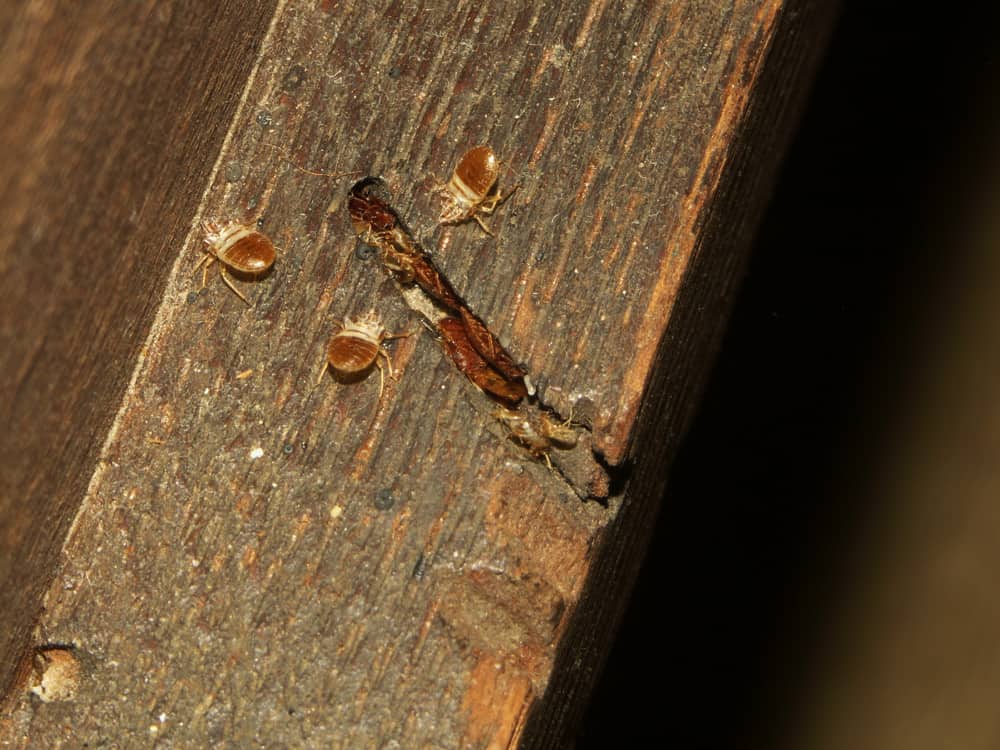
Move the furniture away from the wall and shine your flashlight behind it. The small space between the dresser and the wall is a typical hiding spot for bed bugs.
Remember to do this not just with the furniture in your room but also with any second-hand furniture you’re buying. If it houses bed bugs, you want to know that before you bring it home.
Inside Your Luggage
If you’ve just returned home from a trip away, take all the clothing from your luggage and wash and dry it on the highest heat settings.
Inspect the outside of the luggage first. Look carefully at all the seams, using your scraping too just to be sure you’re uncovering any bugs or eggs hiding in them. Look at the zippers, too. Open every pocket and shine your light in to get as good a look as you can.
Next, open up the luggage and look inside. Pay attention to the corners, especially, as well as any inner lining, seams, or compartments.
Other Areas
Once you’re done inspecting the bedroom, you can check other areas of your house, like the coat closet, the laundry room, or the living room.
Use the same principles already covered in this section. Pay close attention to seams, corners, and grooves. Look behind any furniture that is close to the wall and underneath it as well. Don’t ignore any folds in clothing, coats, or anything items made with fabric.
What to Do if You Confirm a Bed Bug Sighting
If you find bed bugs or signs of bed bug activity, you have two options: call the exterminator or take care of the problem yourself.
You should call an exterminator if the problem is extensive or if you’ve got a bed bug infestation that has spread to several rooms. You can also call them if you want an effortless solution to your bed bug problem.
In most cases, however, taking the DIY approach and exterminating the bed bugs yourself is perfectly efficient and completely affordable. It does take a bit of patience and you’ll need to keep inspecting for bed bugs to make sure your problem is truly dealt with, but if you follow the right steps you should successfully rid your home of bed bugs.
While you’re dealing with your bed bug problem, and even after it’s dealt with, you’ll also have to take precautions not to bring bed bugs in your home again and have a new infestation take hold.
And finally, remember to take action immediately. Don’t just put exterminating the bed bugs on your to-do list. The longer you wait to deal with the problem, the bigger it will get.


